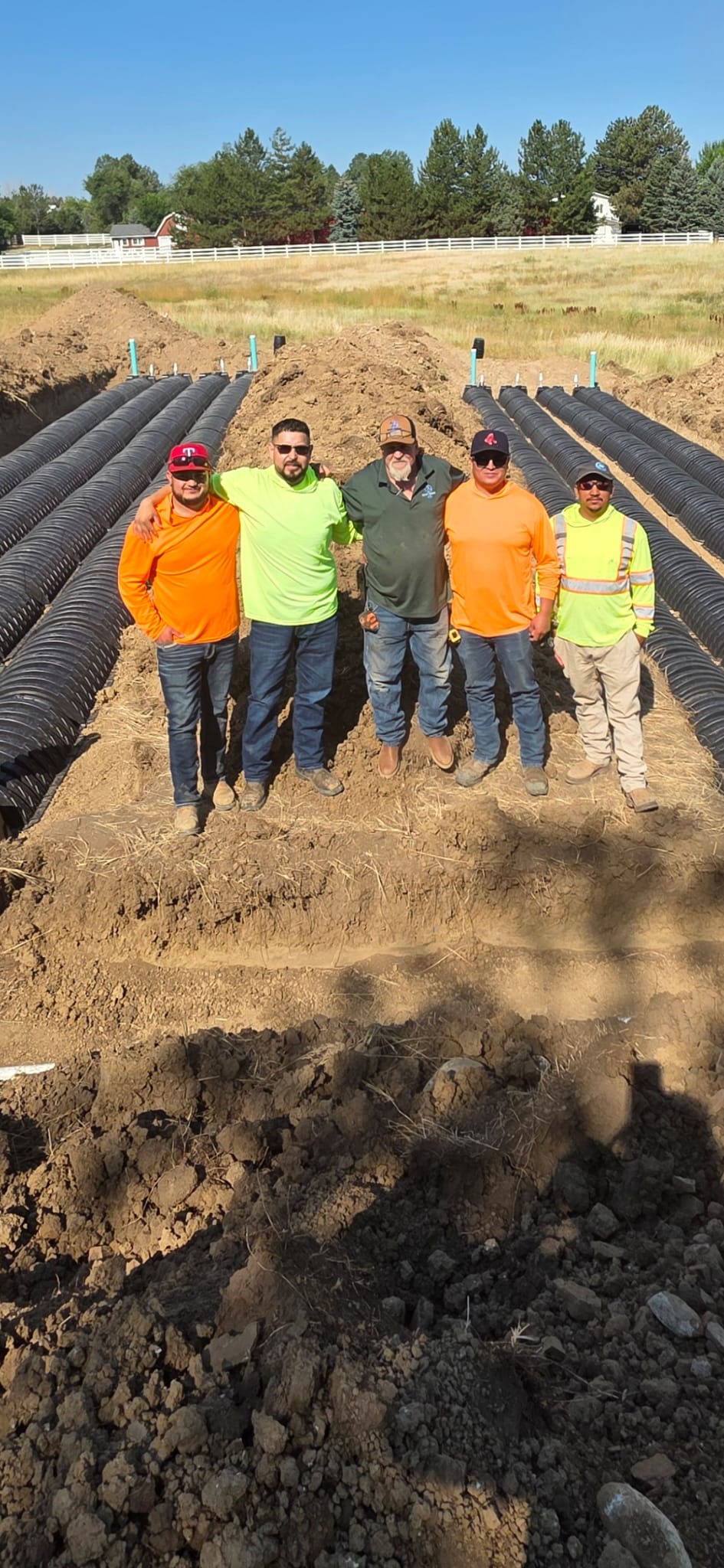Sump Pump Replacement & Installation Services in Denver & Littleton, CO
Sump Pump Replacement and New Installation Services
For those in Littleton, Colorado seeking sump pump replacement services or new sump pump system installations, scheduling an appointment with Drain Terrier is a breeze. Simply reach out to our team at (720) 999-6120 to initiate the process. A friendly and knowledgeable representative will help you arrange a convenient time for the replacement service. Alternatively, you can schedule an appointment online through their website.
When scheduling a sump pump replacement or new sump pump system installation, be sure to provide as much detail as possible about your specific needs and any existing issues with your current sump pump if applicable. Our team will work with you to find a time that works for your schedule and ensure the replacement process goes smoothly.
Choosing Drain Terrier for your sump pump needs in Littleton guarantees professional and reliable service. Our experienced team is dedicated to providing top-notch solutions for all of your water drainage and plumbing needs. Don’t hesitate to reach out and schedule your sump pump replacement or sump pump system installation service with Drain Terrier today.
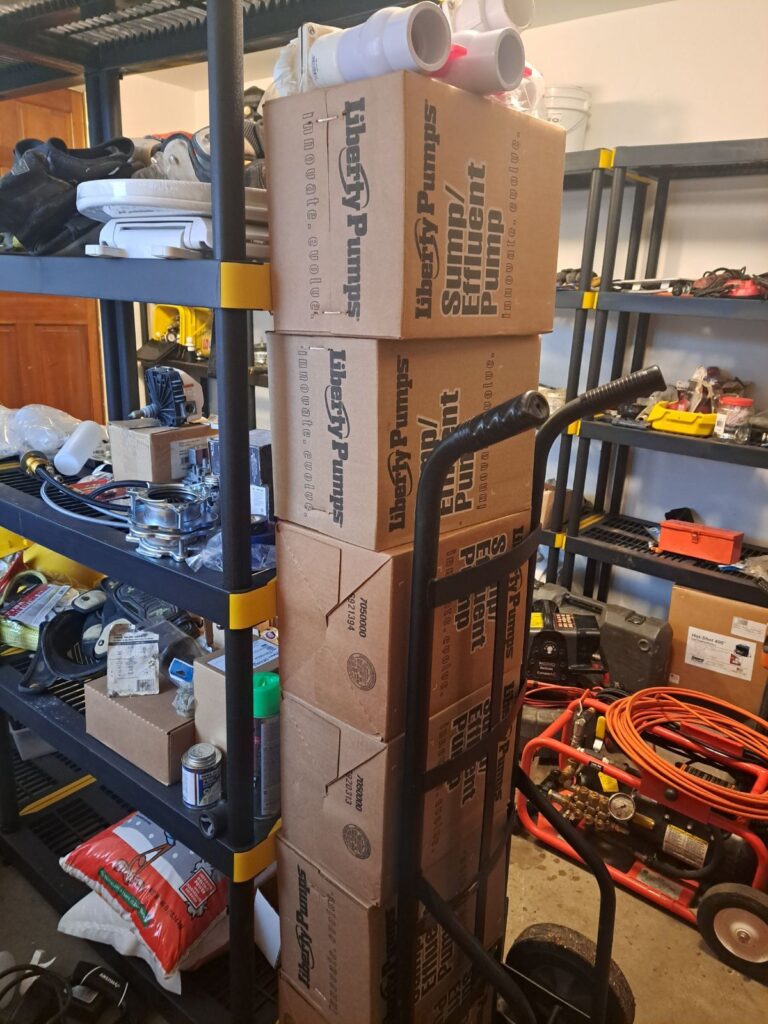
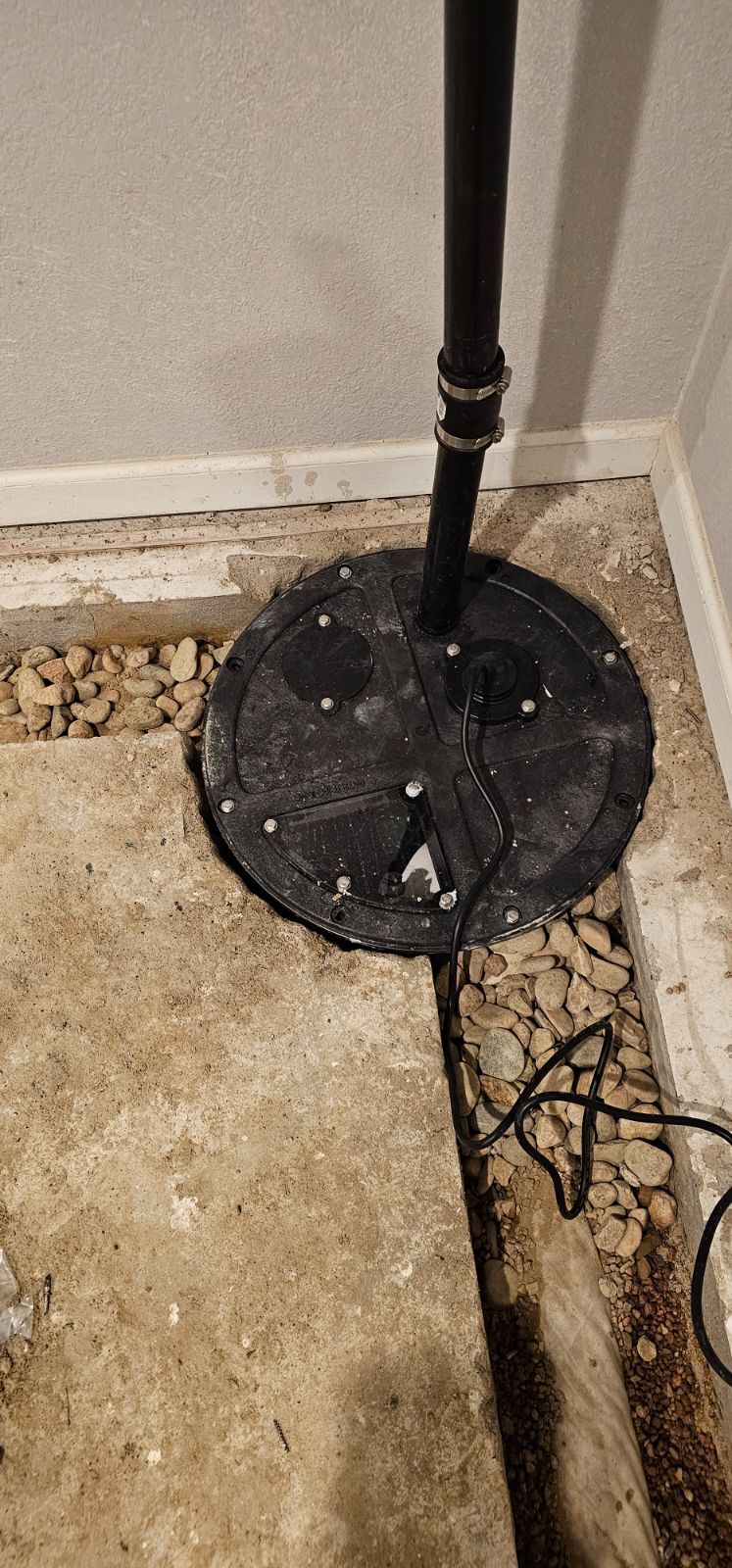
What is a Sump Pump?
A sump pump is a crucial component of a home’s drainage system, especially in areas prone to flooding or excessive moisture buildup. It is typically installed in a pit, known as a sump pit, located in the lowest part of a basement or crawl space. The primary function of a sump pump is to remove water that has accumulated in the pit, either by pumping it out to a safe location outside the home or by diverting it into the main sewage system.
These pumps are essential for preventing water damage and mold growth, providing homeowners with peace of mind during heavy rainstorms or melting snow. Sump pumps come in various types, including submersible and pedestal models, and can have backup power sources to ensure they continue working during power outages. Understanding how a sump pump works and its importance in home maintenance is essential for homeowners, particularly those living in flood-prone areas.
The Importance of Regular Maintenance and Replacement
Regular maintenance and replacement of sump pumps are crucial for ensuring their functionality and preventing water damage in homes. Lack of maintenance can lead to performance problems such as clogging or mechanical failure, which can result in water not being properly pumped out of the basement or crawl space during heavy rainfall or flooding. This can lead to property damage and potentially costly repairs.
Periodic replacement of older sump pumps is important to ensure reliable operation, as older pumps are more prone to wear and tear, and may not be as efficient in pumping water out of the home. By consistently maintaining and replacing sump pumps when necessary, homeowners can avoid potential water damage and ensure that their homes are protected during storms and floods.
Signs That Your Sump Pump Needs Replacement
Age of the Pump
Strange Noises
Frequent Cycling
Lack of Activation
Visible Rust or Corrosion
Excessive Vibrations
Water in the Basement
Foul Odors
Tripped Circuit Breaker
Visible Wear and Tear
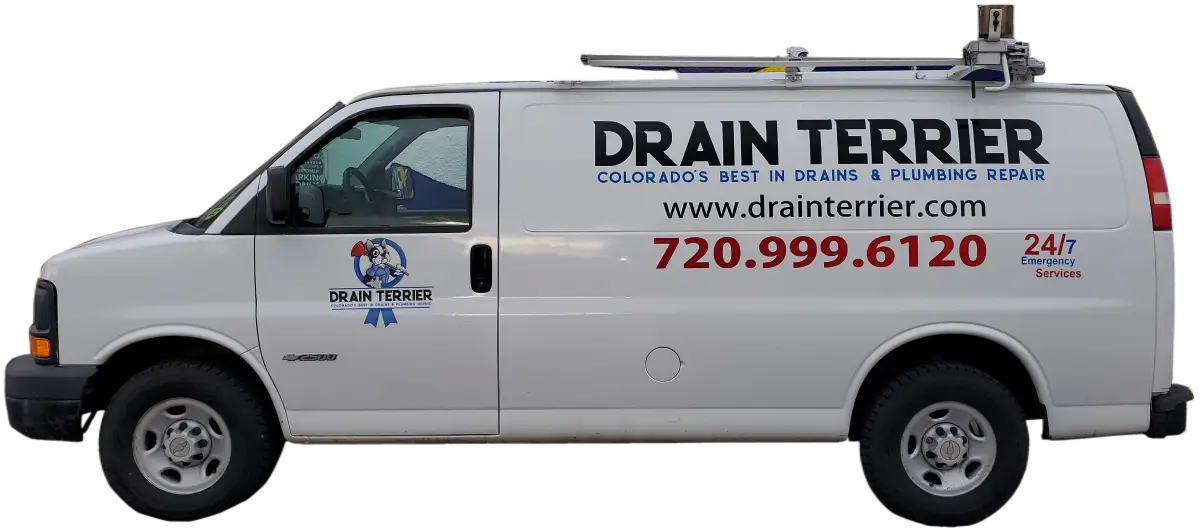
Types of Sump Pumps
When it comes to protecting your basement from flooding, sump pumps are an essential tool. There are several different types of sump pumps available on the market, each with its unique features and benefits. Whether you’re looking for a submersible pump for a small space or a pedestal pump for easy maintenance, understanding the different types of sump pumps will help you choose the best option for your specific needs.
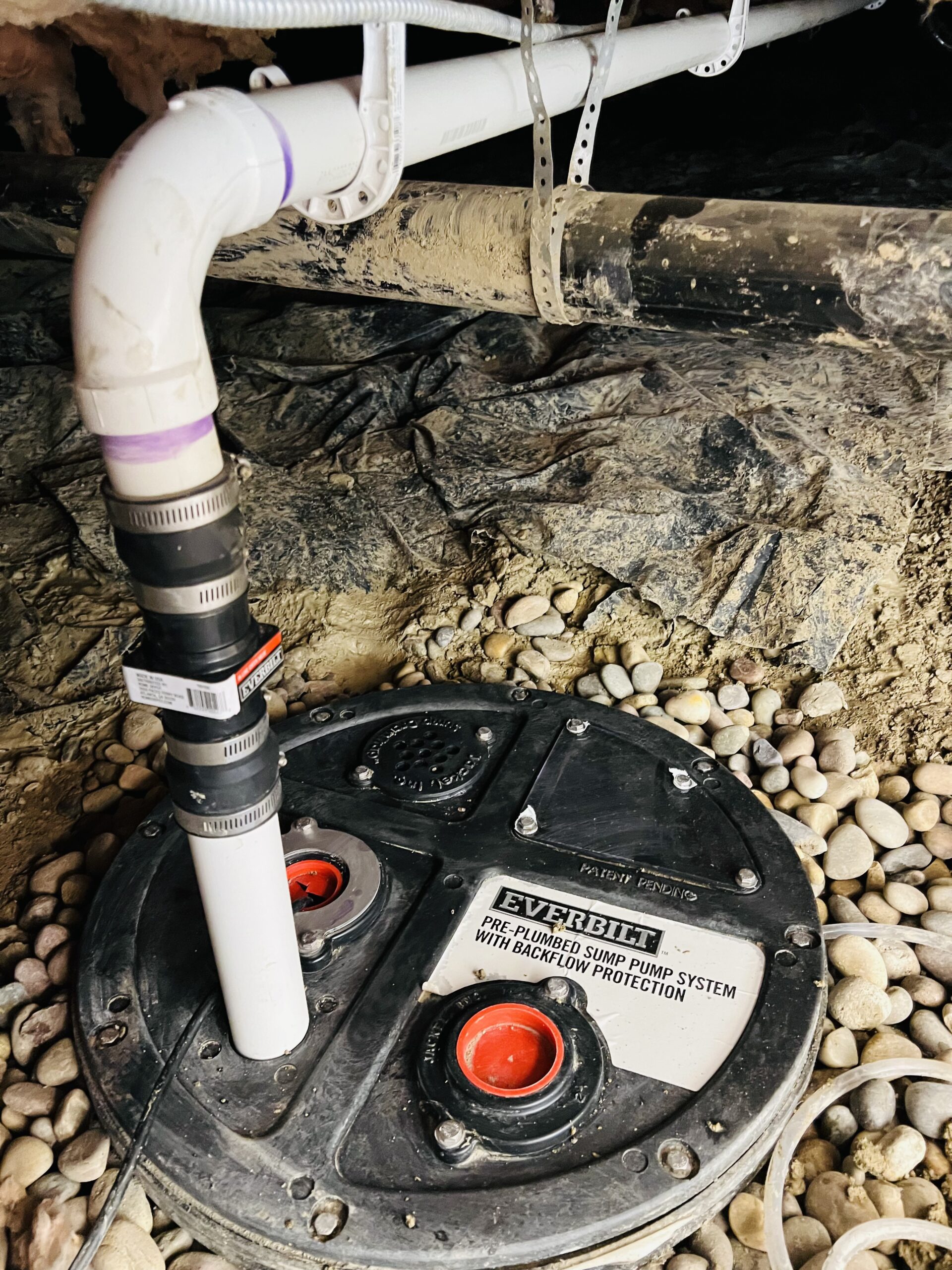
Submersible Sump Pumps
A submersible sump pump is a type of water pump designed to be placed directly in the sump pit or basin, typically found in the lowest part of a basement or crawl space. The primary function of a sump pump is to remove excess water that may accumulate in the pit, helping to prevent basement flooding and water damage.
Key features and characteristics of submersible sump pumps include

Submersible Design
Unlike pedestal sump pumps, which have a motor that sits above the sump pit, submersible sump pumps are fully submerged in water. The entire pump, including the motor, is placed underwater in the sump pit.
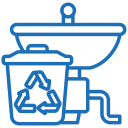
Sealed Motor Housing
The motor of a submersible sump pump is housed in a waterproof casing to protect it from water exposure. This design allows the pump to operate while submerged without the risk of electrical damage.

Efficient Water Removal
Submersible pumps are known for their efficiency in quickly and effectively removing water from the sump pit. They are designed to handle a higher volume of water and are generally more powerful than pedestal pumps.

Built-in Float Switch
Many submersible sump pumps come equipped with a built-in float switch. The float switch is a crucial component that activates the pump when the water level in the sump pit rises to a certain point. Once the water is pumped out and the level decreases, the float switch turns the pump off.

Quiet Operation
Submersible sump pumps are often quieter than pedestal pumps because the motor is submerged in water. The water acts as a natural sound insulator, reducing noise during operation.

Compact Design
These pumps typically have a more compact and space-saving design, making them suitable for installation in smaller sump pits. The compact design also allows for easier installation in tight spaces.
Easy Maintenance
While submersible sump pumps are generally easy to maintain, accessing and servicing them may require lifting the pump out of the sump pit. Some models come with features like quick-disconnect fittings to facilitate easier maintenance.

Various Horsepower Option
Submersible sump pumps are available in a range of horsepower options, allowing homeowners to choose a pump that matches the specific needs of their basement or crawl space.
Pedestal Sump Pumps
A pedestal sump pump is a type of water pump used to remove water from a sump pit or basin, typically located in the basement or crawl space of a home. Its primary function is to prevent flooding by pumping out excess water that accumulates in the sump pit. Unlike submersible sump pumps, pedestal sump pumps have a distinct design with the motor mounted above the sump pit.
Key features and characteristics of pedestal sump pumps include
Motor Placement
The motor of a pedestal sump pump is mounted above the sump pit on a pedestal or column. The pump itself is positioned at the bottom of the pit.
Non-Submersible Motor
Unlike submersible sump pumps, the motor of a pedestal pump is not designed to be submerged in water. The motor is kept above the water level to prevent electrical damage.

Long Lifespan
Pedestal sump pumps are known for their durability and long lifespan. Since the motor is not in direct contact with water, it is less susceptible to water-related wear and tear.
Easy Access for Maintenance
The above-ground motor design makes pedestal sump pumps easier to access for maintenance and repairs. This can be an advantage when troubleshooting or servicing the pump.
Built-in Float Switch
Similar to submersible pumps, pedestal sump pumps often come with a built-in float switch. The float switch activates the pump when the water level in the sump pit rises, and it deactivates the pump when the water level drops.
Compact Design
Pedestal sump pumps typically have a more compact design, making them suitable for installation in smaller sump pits. The smaller footprint can be advantageous in spaces where a submersible pump might not fit.
Loud Operation
Because the motor is above ground, pedestal sump pumps tend to be louder during operation compared to submersible pumps. The noise is more noticeable since the motor is not submerged in water, which helps dampen sound.

Lower Horsepower Options
Pedestal sump pumps are available in a range of horsepower options, but they are generally less powerful than submersible pumps. They are suitable for handling moderate water removal needs.

Cost-Effective
Pedestal sump pumps are often more cost-effective than submersible pumps. This can make them an attractive option for homeowners on a budget, especially in situations where a lower-capacity pump is sufficient..
Benefits of Professional Sump Pump Replacement Services
Proper Installation and Setup for Optimal Performance
Optimal performance of a sump pump is crucial for safeguarding a home against potential water damage, making professional replacement services highly beneficial. A professional sump pump replacement ensures proper installation and meticulous setup, enhancing the pump’s efficiency and longevity. Experienced technicians possess the expertise to accurately assess the specific needs of a property, determining the appropriate pump capacity and placement. Their attention to detail during installation, including secure mounting, precise alignment, and thorough testing, guarantees that the pump operates seamlessly when needed.
Professionals also handle critical aspects like electrical connections and integration with backup systems, ensuring a comprehensive and reliable solution. With a focus on precision and adherence to industry standards, professional sump pump replacement services contribute significantly to the overall effectiveness of the system in safeguarding basements and crawl spaces from potential water-related issues.
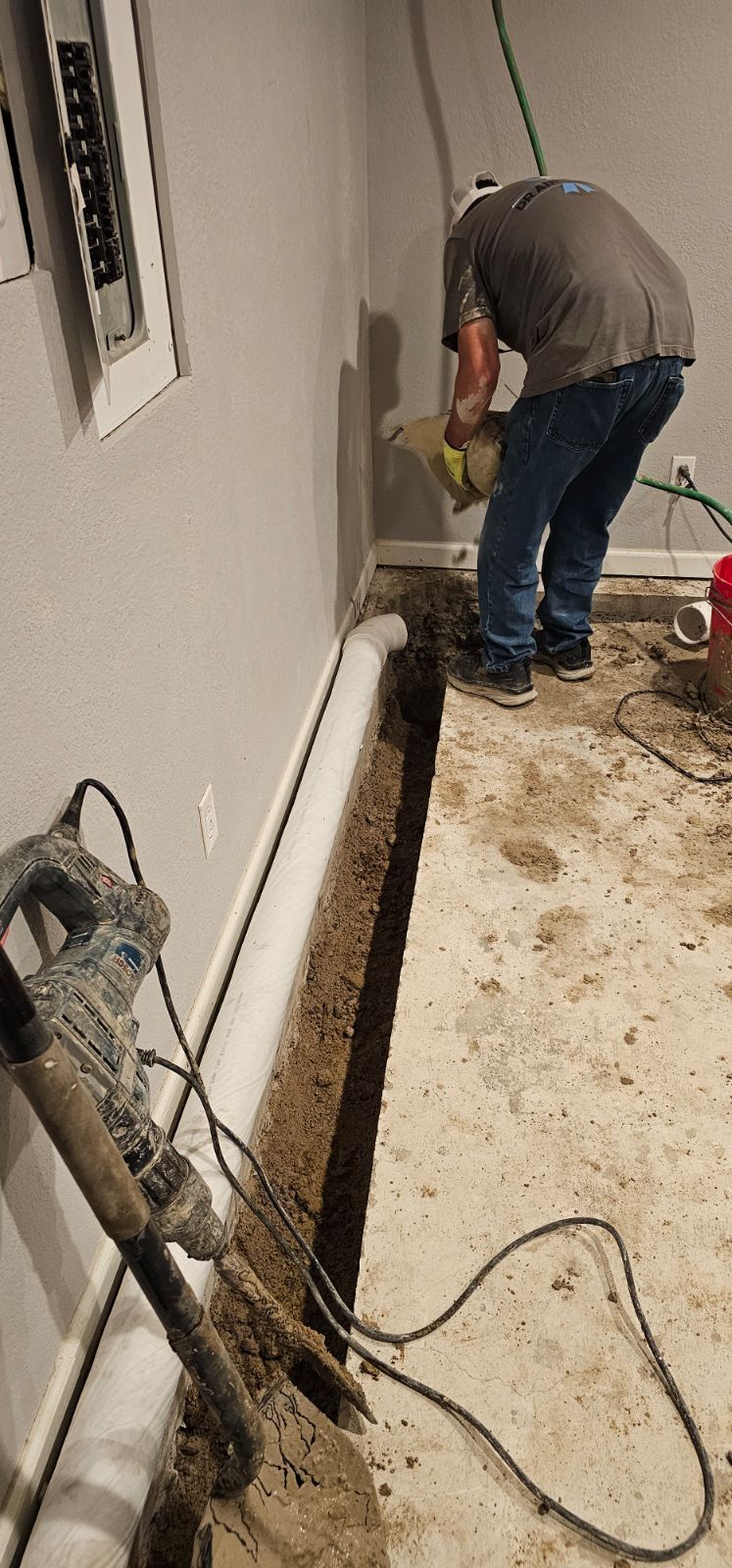
Call Drain Terrier for Professional Sump Pump Replacement
When it comes to safeguarding your home from potential water damage, entrusting your sump pump replacement to the experts at Drain Terrier is a decision that ensures unparalleled expertise and reliability. Our skilled technicians possess an in-depth understanding of sump pump systems, allowing them to identify and address issues with precision.
Whether you’ve noticed unusual sounds, vibrations, or suspect inefficiencies, our team employs specialized testing procedures to diagnose and resolve problems promptly. We take pride in our meticulous approach, conducting thorough inspections of the sump pump’s components, including the lid and water removal system.
Choosing Drain Terrier means choosing excellence in sump pump replacement services—rest easy, knowing that your home is in the hands of professionals committed to ensuring the optimal performance of your sump pump and the protection of your property. Reach out to us today for a seamless and reliable sump pump replacement experience.
